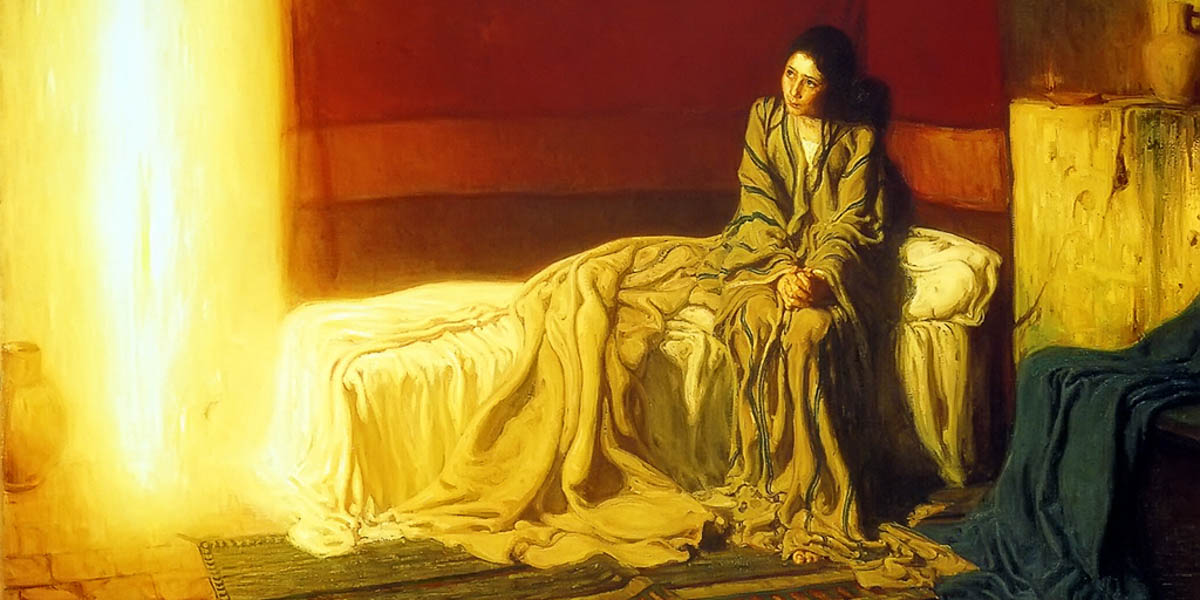- Feb 5, 2002
- 166,542
- 56,197
- Country
- United States
- Faith
- Catholic
- Marital Status
- Married
- Politics
- US-Others

Courtesy of Henry Ossawa Tanner
Having no physical appearance or angelic wings, Gabriel is rather depicted as a pillar of light. However, at a closer glance, one observes that this vertical beam intersects with the horizontal shelf to form a cross. It thus foreshadows the Crucifixion as it proclaims the Incarnation at the same time.
The first African-American painter ever to gain international acclaim treats the classic Annunciation motif in a rather unconventional manner.
Henry Ossawa Tanner (1859-1937), the first African-American painter ever to gain international acclaim, treats the classic Annunciation motif in a rather unconventional manner: he reckons the simplicity of the scene, rather than its theatrical recreation. In the intimacy of a chamber, Mary is portrayed as a dark haired Jewish peasant girl, seated at the edge of her couch in a striped crumpled attire. The orderly arrangement of the room, in contrast to her bed, suggests that Mary has suddenly been awakened in the middle of the night.
The blinding form of the angel is the only source of light in the room. As this infused flood of golden light falls onto Mary’s face, it allures us to where fear begins to give way to contemplation and contemplation to acceptance. It arrests our attention and ignites our imagination.
Continued below.
A canvas that brings together Heaven and Earth: Henry Ossawa Tanner's "Annunciation"
